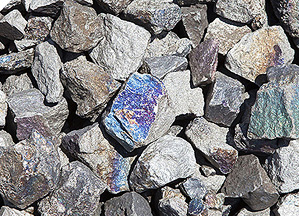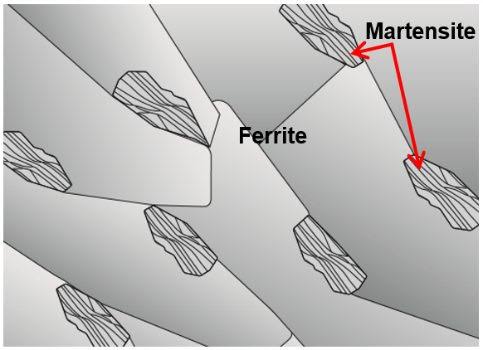Meta TechX Engineers :
Learn about the differences between magnesia and sintered magnesia, their unique properties, and a range of applications. Discover which material is ideal for specific industrial needs.
Magnesia and sintered magnesia are widely used materials in various industries due to their unique properties and applications. In this article, we will delve into the differences between magnesia and sintered magnesia, and explore their diverse range of applications.
What is Magnesia?
Magnesia is a term that refers to magnesium oxide (MgO), a white, odorless powder derived from the mineral magnesite. It is widely used for its high refractory properties and exceptional resistance to heat. Magnesia is produced through the calcination of magnesite, a process that involves heating the mineral to a high temperature in a controlled environment.
What is Sintered Magnesia?
Sintered magnesia, on the other hand, is a dense, hard form of magnesia that is created by subjecting magnesia powder to a high-temperature sintering process. This process involves compacting the magnesia powder under extreme pressure and then heating it to temperatures above 2500°C (4532°F), causing the particles to bond together and form a solid mass.
Major Differences between Magnesia and Sintered Magnesia
While both magnesia and sintered magnesia are derived from magnesite and share some similar properties, there are significant differences between the two materials:
- Density and Porosity: Magnesia is a relatively lightweight material, with a low density and high porosity. In contrast, sintered magnesia is much denser and has a lower porosity, making it more resistant to thermal shock and chemical corrosion.
- Strength and Hardness: Due to its sintering process, sintered magnesia has much higher compressive strength and hardness compared to magnesia. This makes sintered magnesia suitable for applications that require high mechanical strength and wear resistance.
- Crystalline Structure: Magnesia typically has a cubic crystal structure known as periclase, whereas sintered magnesia can have various crystal structures, such as cubic, hexagonal, or tetragonal. The different crystal structures influence the material’s thermal and mechanical properties.
- Thermal Conductivity: Sintered magnesia has a lower thermal conductivity than magnesia, making it an excellent insulating material. This property enables its use in high-temperature applications where minimizing heat transfer is crucial.
- Purity and Impurities: Sintered magnesia generally has a higher purity level than raw magnesia due to the sintering process, which helps eliminate impurities and improve the material’s overall quality.
Applications of Magnesia and Sintered Magnesia
Both magnesia and sintered magnesia find numerous applications in various industries, thanks to their distinct properties:
Magnesia Applications
- Refractories: Magnesia, with its high melting point and excellent heat resistance, is extensively used in the production of refractory bricks, crucibles, and other refractory materials for furnaces, kilns, and reactors.
- Agriculture: Magnesia is used as a soil amendment to correct magnesium deficiencies in crops. It helps enhance plant growth and improves overall soil quality.
- Environmental Remediation: Magnesia-based products are utilized in environmental remediation processes, such as flue gas desulfurization and wastewater treatment, to capture pollutants and neutralize acidic substances.
Sintered Magnesia Applications
- Steel and Iron Industry: Sintered magnesia plays a vital role in the production of steel and iron, where it is used as a refractory material for lining steel-making furnaces, ladles, and tundishes. Its high strength and resistance to corrosion and erosion make it ideal for these demanding applications.
- Ceramics: Sintered magnesia is used in the production of ceramics, including electrical insulators, ceramic crucibles, and high-temperature refractory components.
- Electronics: The excellent insulation properties of sintered magnesia make it suitable for electronic and electrical applications, such as insulating tubes, substrates, and heater cores.
- Chemical Industry: Sintered magnesia is employed as a catalyst support material and in the production of catalyst carriers for various chemical processes.
In conclusion, magnesia and sintered magnesia are versatile materials with distinctive properties and applications. While magnesia is valued for its refractory properties, sintered magnesia offers superior strength, hardness, and thermal insulation. Understanding the differences between these materials allows industries to choose the most suitable option for their specific needs, ensuring optimal performance and reliability in the chosen applications.




One thought on “Magnesia and Sintered magnesia and their unique properties”